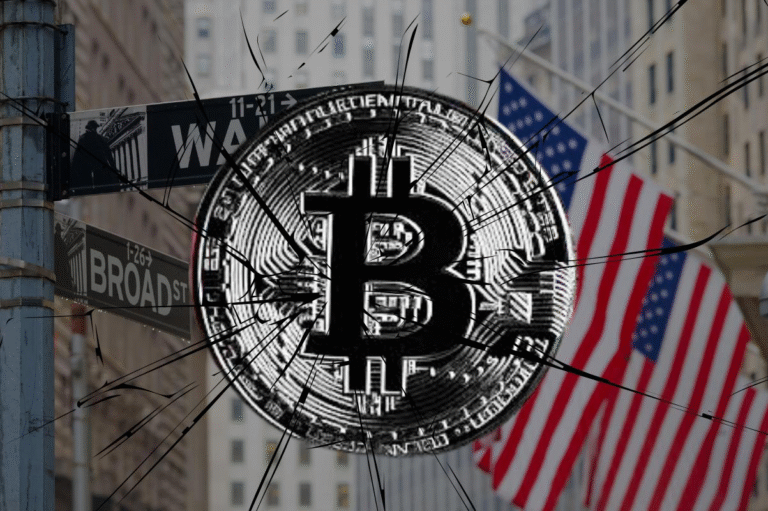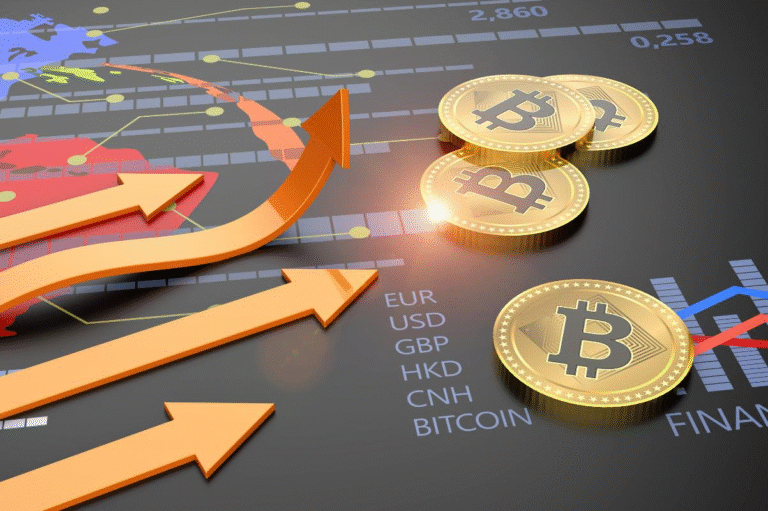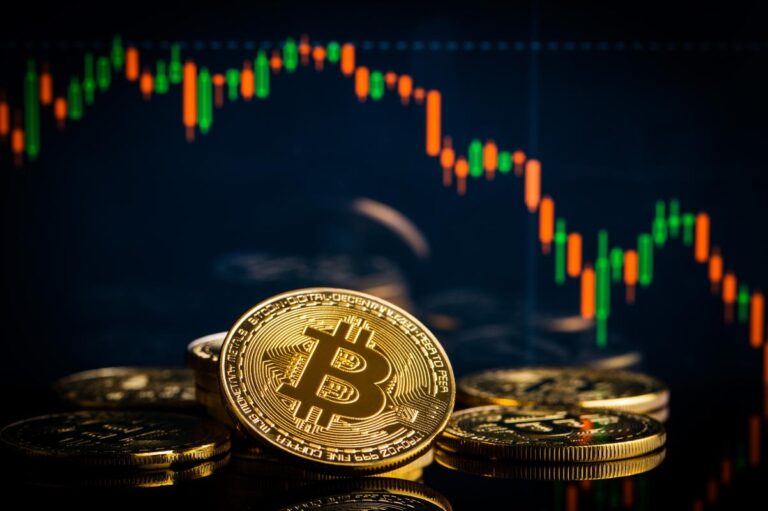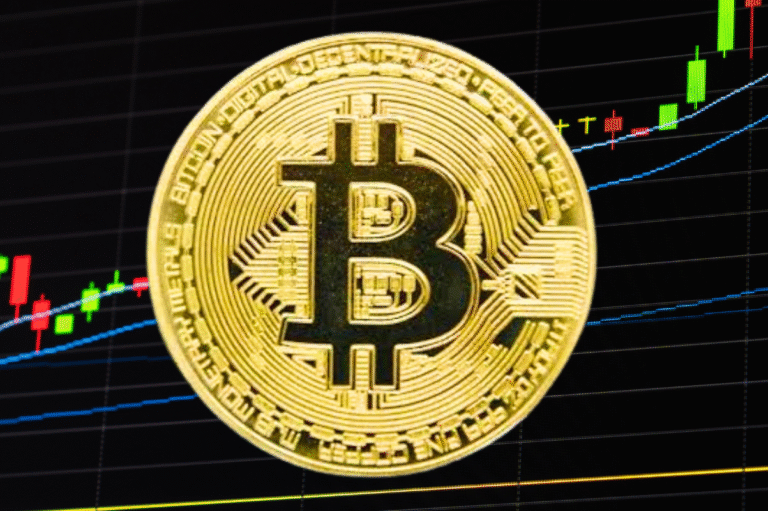Markets Brace as Trump’s ‘Big Beautiful Bill’ Adds $3 Trillion to U.S. Deficit — What Investors Should Watch
The financial markets are cautiously reacting as the U.S. Senate commences deliberations on former President Donald Trump’s substantial new legislation, commonly referred to as the “Big Beautiful Bill”Markets Brace as Trump’s ‘Big Beautiful Bill’ adds $3 trillion to u.s. deficit over the next decade, encompasses a diverse range of measures, including sweeping tax cuts, infrastructure spending, and reductions in Medicaid. These provisions have ignited economic debates and heightened investor anxiety across Wall Street.
As investors anticipate potential market volatility, analysts caution that the fiscal implications of this ambitious bill could lead to higher interest rates, a weaker dollar, and long-term debt sustainability concerns. This article delves into the implications of the “Big Beautiful Bill” for financial markets and provides insights for astute investors.
What’s Inside Trump’s ‘Big Beautiful Bill’?
Described by Trump as “the greatest economic renewal package in U.S. history,” this broad and controversial bill comprises several key components.
- $1.2 trillion in corporate and personal tax cuts
- $800 billion in infrastructure investments (roads, energy, broadband)
- $600 billion in defense and border security spending
- $400 billion in Medicaid and social welfare reductions
The White House asserts that the bill will generate revenue through economic growth, but the Congressional Budget Office (CBO) projects a substantial net deficit increase of $3 trillion by 2035.
Market Reactions Are a Mixed Bag
Wall Street Watches the Bond Market
Bond yields have already begun to rise, reflecting concerns about the potential for increased government borrowing. In the past two days alone, the 10-year Treasury yield has increased by 18 basis points as traders anticipate a larger-than-anticipated debt issuance. According to JPMorgan analysts, the market is adjusting its expectations for inflation and interest rate risks.
Stock Market Gains—For Now
Despite budgetary constraints, U.S. stock indices experienced a surge of 1.5% following preliminary reports indicating substantial tax concessions for small businesses and reductions in capital gains taxes. The Dow Jones, NASDAQ, and S&P 500 responded positively, anticipating short-term corporate profit enhancements.
Economists at Goldman Sachs caution that the fiscal stimulus might be a temporary relief, potentially leading to long-term inflationary pressures and increased bond volatility.
A Ballooning U.S. Deficit: Investor Risks
The projected $3 trillion addition to the national deficit is prompting concerns among credit rating agencies and institutional investors. While the U.S. still retains a top-tier credit rating from most agencies, Moody’s Analytics has flagged the bill as a ‘downside risk factor’ for future reviews.
Debt-to-GDP could climb to 115% by 2030 if current trends hold, according to Brookings Institution estimates.
Key investor concerns include:
- Rising Treasury yields, making equities less attractive
- Inflation pressure, prompting the Fed to tighten sooner
- Potential downgrades in U.S. sovereign credit rating
- Reduced fiscal flexibility in case of future economic shocks
Federal Reserve Policy in the Spotlight
With inflation recently dipping below 3% for the first time since early 2024, the Federal Reserve has adopted a cautiously neutral stance. However, if the “Big Beautiful Bill” passes in full, it could lead to faster rate hikes to mitigate inflationary pressures.
Chair Jerome Powell emphasized this week that while fiscal policy is beyond the Fed’s purview, its macroeconomic implications are not. In essence, the Fed closely monitors the situation and is prepared to take action if necessary.
What Investors Should Watch Next
As the Senate debates the bill, investors should closely monitor several key indicators:
- Bond market movements — Spikes in yields can signal tightening liquidity
- Federal Reserve commentary — Watch for shifts in tone from Powell or other FOMC members
- Dollar index (DXY) — A weaker dollar could push gold and crypto higher
- Volatility Index (VIX) — Sudden jumps may indicate growing uncertainty
Smart investors are already hedging their portfolios by investing in precious metals, inflation-protected securities, and select international equities that are less susceptible to U.S. debt risk.
Conclusion
As markets anticipate the outcome of President Trump’s significant legislative proposal, the possibility of a $3 trillion expansion of the national debt has emerged as a pivotal juncture. Although the immediate market response has been favorable, driven by tax incentives and the prevailing optimism fueled by stimulus measures, long-term concerns regarding inflation, debt sustainability, and potential interest rate adjustments by the Federal Reserve remain substantial.
For investors, the key lies in balancing growth opportunities with fiscal prudence—and staying informed as the legislative battle unfolds on Capitol Hill.






